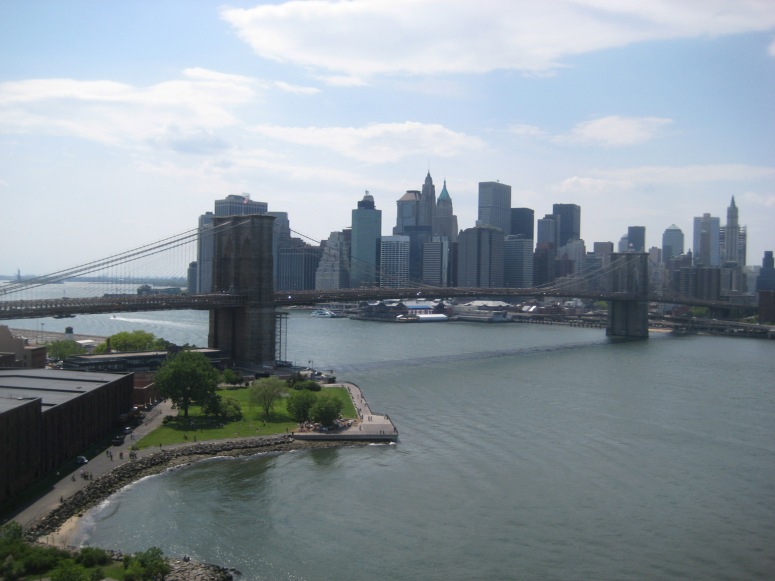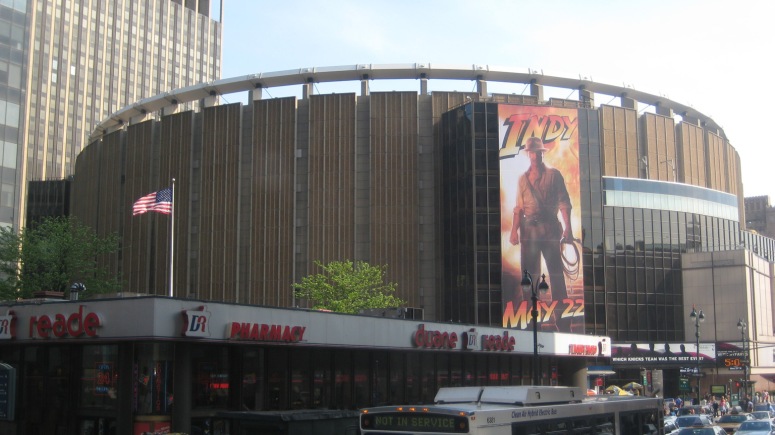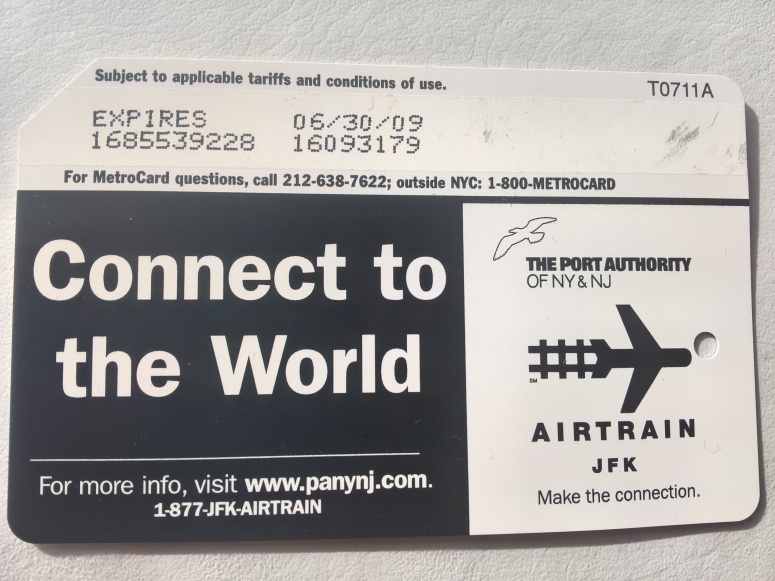The city that never sleeps, NYC is a shopping capital, an architectural feat and a melting pot of diversity and culture. But what to do in a weekend? The opportunities are endless.
While 3-4 days is a good time to spend in New York, you can manage to see all the key things in a 48-hour city break. Of course, plan for queues, especially at key attractions like the Statue of Liberty or the Chrysler Building.

New York’s subway is the most popular way to get around and operates in Manhattan, Queens, Brooklyn and the Bronx. The first official subway line opened in 1904 and ran from City Hall Downtown to Grand Central Depot on 42nd street. Presently, the network now consists of 24 lines and three shuttles.
Buying your MetroCard
To purchase a MetroCard, you need to use the machines located in all stations. There are two types of machines big machines and little machines. The bigger machines allow travellers to pay with cash, credit cards or ATM/debit cards. The smaller ones do not take cash.

Working out the subway
There are five boroughs in NY (Manhattan, the Bronx, Queens, Brooklyn and Staten Island) that are often used as the direction of train travel for users. Eg, trains that travel to Brooklyn are Brooklyn-bound trains and trains that travel towards Manhattan are Manhattan-bound trains.

The Staten Island Railway is a separate train system, however, that runs on Staten Island only. Tourists and commuters have to take the Staten Island Ferry, which is free, to get to Staten Island. You can also cross the Verrazano-Narrows Bridge.
Unlike many subway systems around the world, in New York there are no zones. This means that wherever you start or finish it is always the same price. It can be a 5 minute or 2-hour trip, and it will be the same price. The number of the train on each line appears in a coloured circle next to the colour line itself. Underneath each station name is the train number that stops at each station. These numbers are the most important things on the map to pay attention to.
Express and local
The subway maps contain both white and black dots. The white dots reflect ‘express’ stations and all trains on the line stop there. Meanwhile, black dots represent ‘local’ stations. These trains stop at every stop on the line.
Free subway maps are available at the ticket booths in each subway station.
Things to see:
Times Square
Chinatown
Brooklyn Bridge
Statue of Liberty
Central Park
Grand Central Station
Broadway
Empire State Building
Brooklyn Bridge/City Hall
Battery Park
Washington Square Park
Hudson River
Rockefeller Centre
Ellis Island
9/11 Memorial
American Museum of Natural History
The High Line
Metropolitan Museum of Art
Staten Island Ferry
New York Harbour
Brooklyn Botanical Garden
New York Botanical Garden
Coney Island
Little Italy
Chelsea Market
Solomon R Guggenheim Museum






Tips:
- The Roosevelt Island Tram offers one of the best skyline views of the city
- The New York Pass gives you free access to any of the 100+ top attractions included for the duration of your pass. Your pass is only activated when you visit your first attraction and is valid for consecutive days. A three-day pass costs $204 for an adult. Click here for more prices.
- Top of the Rock is an observatory on top of Rockefeller Centre offering city views
- When coming from the airport via a taxi, you will need to have cash ready as you’ll have to pay a toll fare. There is a set fare from JFK to any destination in Manhattan, which is $52 (plus any bridge or tunnel tolls and a surcharge of $4.50 during peak hours 4 pm-8 pm weekdays).
Things to know:
MetroCard and fares
A subway fare is one flat rate — $2.75 per ride. There is no exit fare, which means it doesn’t matter whether you are traveling three stops or all the way to the end of the line. Users pay the same rate to ride.
You can buy a MetroCard with at least two rides’ worth that $3 for a single ride.
An unlimited MetroCard gives you unlimited use of NYC public transportation, such as on the subway and buses.
An unlimited 7-Day MetroCard costs $33. For 15 trips it costs $2.20/ride and for 20 trips it costs $1.65/ride.
Each card can only be used by 1 person and once you’ve swiped the card, it can’t be used again for 18 minutes.
A MetroCard can be used on the Staten Island Railway and the Roosevelt Island Tram.
The JFK AirTrain, which connects you from the airport to the subway system, costs an additional fee.

When to travel
The best time to travel on the subway is usually off-peak hours Monday-Friday, avoiding the rush hour. The Morning rush is usually from 7am-10am, while evening rush begins before 5pm and can last until 8pm.
Taxis (cabs)
You can buy a pay-per-ride MetroCard. A taxi costs $3.30 + $2.50/mile ($1.55/km) + tip. There is a $1 surcharge for weekday rush hours, 4 pm – 8 pm.

A taxi can be cheaper for most trips under 2 miles.
When hailing a cab, look at the small lit panels. If only the centre light (the taxi) is lit, the cab is available. If no lights are lit, the vehicle is occupied. When the entire panel is lit, the cab is off-duty and not picking anyone up.
Green taxis were introduced in 2013 which are allowed to pick up passengers in northern Manhattan and anywhere in the Bronx, Brooklyn, Staten Island and Queens (excluding the airports).
Hop-on Hop-off bus
The bus tours are a great way to see the city stress free.

There are two main bus routes: Uptown loop to see museums, midtown and the Chrysler Building.
The downtown loop passes Union Square, Greenwich Village and Chinatown, Times Square and the Hudson River.
Useful links:

Love the photograph of the Grand Army Plaza Library… totally too cool. Merry Christmas, Peace artfromperry
LikeLike
Thanks for your kind words. Happy New Year!
LikeLike